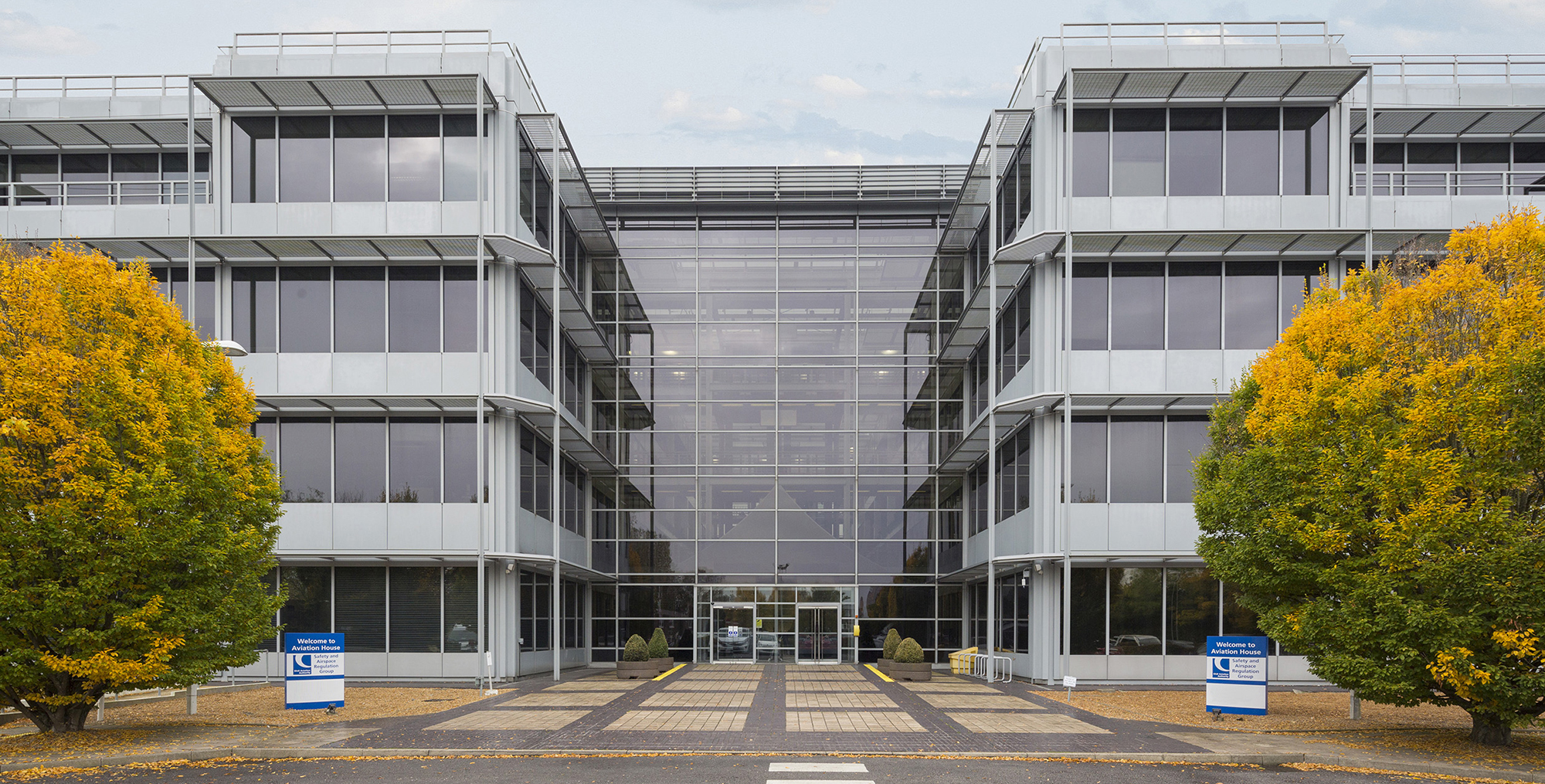Traditionally the UK has been a world-leader in setting the legal requirements and standards around the maximum hours airline crews can work, and also the monitoring of crew fatigue that’s an important part of the overall safety system.
The standards are based on significant scientific research and cover a multitude of eventualities and options that reflect the complex world of commercial flying. For example, they factor in if a pilot is transitioning from day to night duties, how many sectors (take offs and landings) they did in recent flights, and whether they have been based away from home.
They allow airlines to develop individual rosters for their crews with the overall system inspected and approved by the CAA to make sure it complies with the rules. Nowadays, in large airlines, these are computer-based systems that automatically take into account all the permutations to make sure pilots only fly within their limited hours.
A very top-level guide to the maximum flying hours for a commercial pilot is:
100 hours of flight time in any 28 consecutive days
900 hours of flight time in any calendar year and
1,000 hours of flight time in any 12 consecutive calendar months.
A very top-level guide to the maximum duty hours for a commercial pilot is:
60 duty hours in any 7 consecutive days
110 duty hours in any 14 consecutive days and
190 duty hours in any 28 consecutive days, spread as evenly as practicable throughout that period
Duty hours cover from when a pilot checks into the airport to commence their pre-flight duties, to after landing - once they have completed their post flight duties.
While world-wide standards are similar, the restrictions used in Europe and the UK are amongst the strictest in the world. Airlines operating from EU member states use rules from the European Aviation Safety Agency and are inspected by their individual aviation authorities while UK airlines follow an identical set of rules but are overseen by the CAA.
It’s also important to recognise the difference between working a number of hours and being fatigued. While the maximums put in place are important to give an ultimate limit, individual pilots have a constant duty to monitor themselves and declare whether or not they are fit to fly.
Pilots can also report cases where they feel the system hasn’t worked or they have become significantly fatigued. That enables everyone involved to investigate and take any necessary action.
As well as formal reporting in the UK we also have a very successful system for confidential reporting and legal whistleblowing. These allow pilots to raise concerns in complete anonymity and are part of why the aviation system is so successful and why other areas, such as the medical community, seek to replicate it.
If, as the regulator, we do see activity that we think is either unsafe or not meeting the requirements we will act swiftly and demand change. Our safety inspectors are constantly out looking at the industry and key members of our safety team still actively fly as airline pilots to be able to experience the industry first-hand.
Leave a comment
Fields marked with an asterisk (*) are required.


2 comments
Comment by Ouida Kaler posted on
Hi caa.co.uk webmaster, Your posts are always well thought out.Comment by Kathi Ogden posted on
To the caa.co.uk admin, Thanks for the well-researched and well-written post!